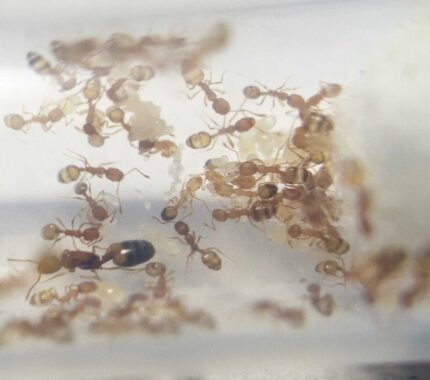

Monomorium subopacum
169,90 zł – 569,90 złPrice range: 169,90 zł through 569,90 zł
Worldwide shipping
Free delivery over 999 PLN
The highest quality of goods
Live delivery guarantee
24/7 Personal Support
Fair Prices
Description
Monomorium subopacum is a polygynous ant species with a colony size of 100,000 workers. They have a fast development speed and the queen measures 5-6 mm while the workers measure 2-3 mm. They are brown in color and their diet consists of food insects, fruit, vegetables, and syrup. They require humidity levels of 30-50% in the arena and 50-70% in the nest, with a temperature range of 24-30°C.
Additional information
| Behavior | |
|---|---|
| Difficulty in breeding | |
| Origin | , , , |
| The size of ants | |
| Wintering |
Monomorium subopacum
Colony type: Polygyny
Colony size: 100,000 workers
Development speed: Fast
Size
- Queen: 5 – 6 mm
- Workers: 2-3 mm
Color: Brown
Nutrition
- Food insects (such as cockroaches and crickets) dead, or live if colony is big
- Syrup (a mixture of water and honey or sugar, with a ratio of 3 water:1)
- Fruits and vegetables
- Jelly
- Cooked chicken without salt, shrimps
- Honey
Don’t forget to check out our food products to ensure a well-balanced diet for your colony!
Temperature and Humidity
Humidity:
- Arena: 30 – 50%
- Nest: 50 – 70%
Temperature:
- Arena: 24 – 30 °C
- Nest: 22 – 26 °C
Species Features
Monomorium subopacum is characterized by its aggressiveness as the colony develops and its incomparable hunting abilities.
Recommended Nests for breeding
- Acrylic nests
- Cork nests
- Ytong nests
- Digfix
- Gypsum
- Soil


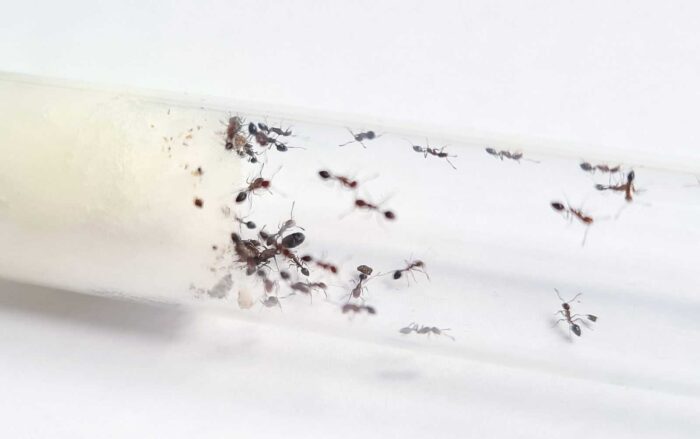
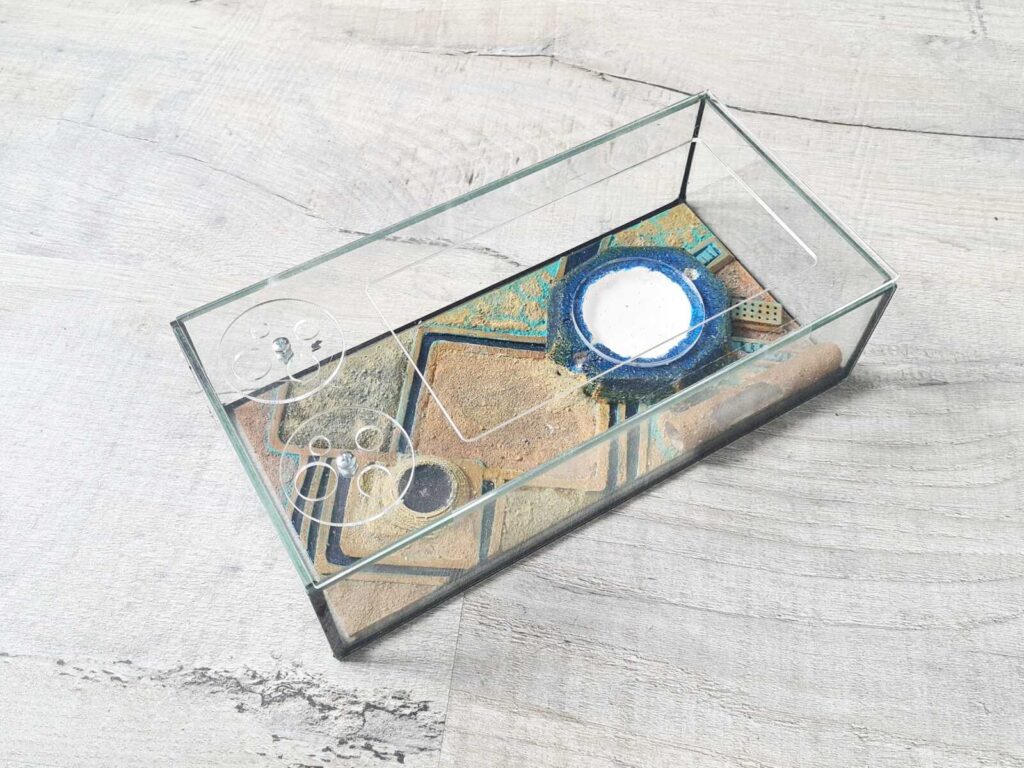


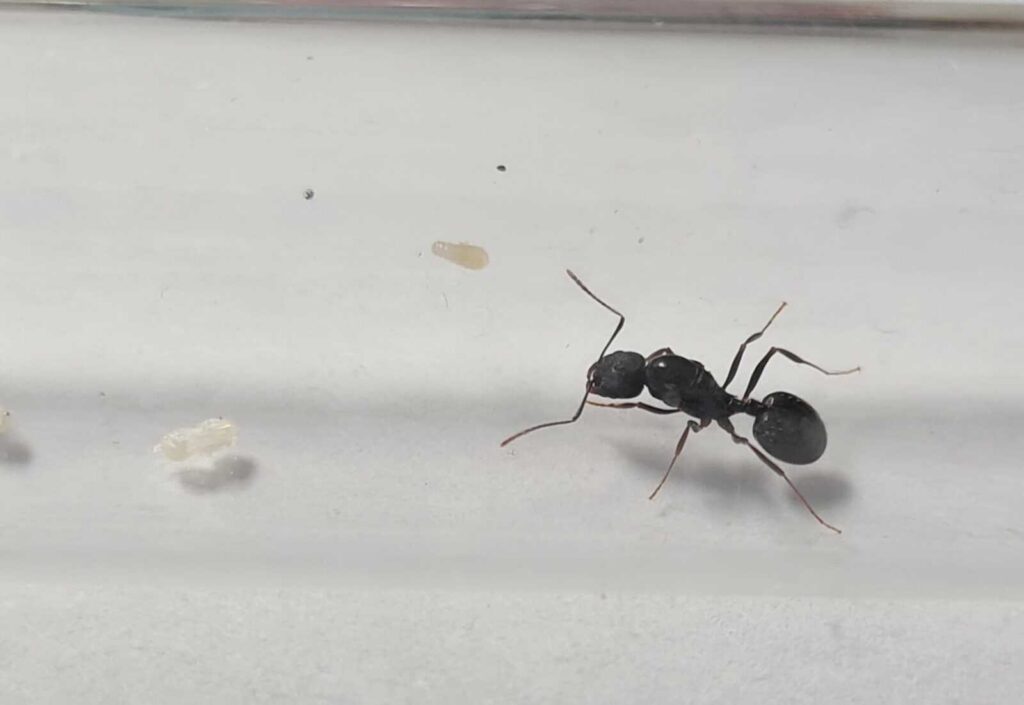

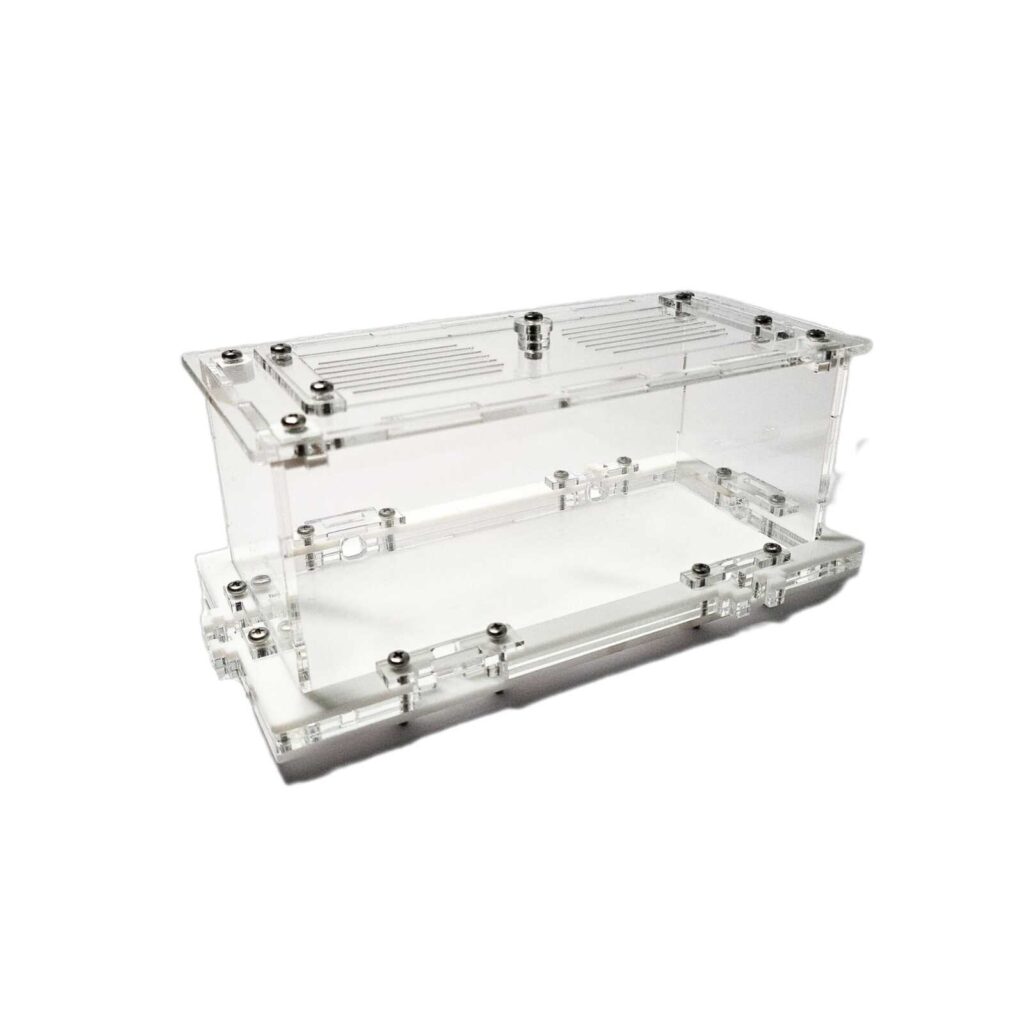
Reviews
Clear filtersThere are no reviews yet.